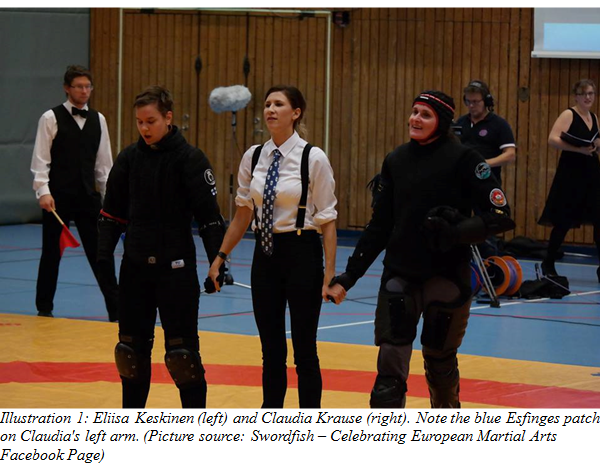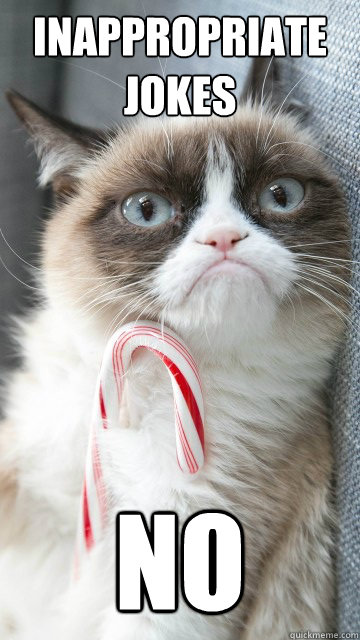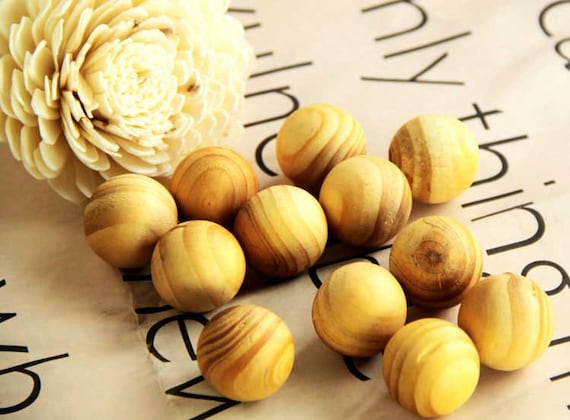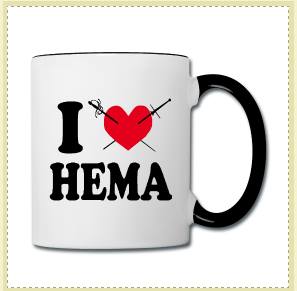Originally published 1 November 2015
By Fran Terminiello |
The Nordic Historical Fencing League will have mens and women’s longsword divisions in 2016, says Kristine Konsmo, senior NHFL committee member and familiar face in the International HEMA tournament scene.
Kristine has been a part of competitive HEMA for some years now, famous for winning the open sword and buckler in Swordfish 2010, and winning or refereeing many high profiled matches since. This year she took over as senior instructor at Fekteklubben Frie Duellister in Norway.
Following on from her thrilling Swordfish rapier and dagger final against Piermarco Terminiello of the UK where she achieved silver this weekend, Kristine issued the following statement:
“In the very first NHFL season there were 4 tournaments. In them, 5 women competed a total of 9 times. One woman competed in all four tournaments.
In the second season we started a women’s division. While there were only 3 tournaments that year, we still had a total of 16 women competing a total of 33 times, and 8 women competed in all three tournaments! This year’s Swordfish has the biggest women’s tournament in its history, and many of the fencers from the league have been competing here this weekend.
Due to the nature of the team competition, women were forced to compete in either the mixed or the women’s tournament, and not a single woman competed in either of the mixed tournaments.
There was clearly a demand that we were meeting, and it was also clear to us that there was no real need to keep the mixed tournament open to women.
That in and of itself was no reason to close the mixed to women, but unfortunately, some people kept comparing the results in the women’s to the mixed, and calling the mixed “the true test of skill” and otherwise disparaging the results of the women who competed there.
We feel like this is a way of denigrating the efforts of the women who participate in the women’s tournaments. To further emphasise the hard work and amazing progress made by women fencers over the past year, remove what we consider an unfair comparison between the genders, and to create the best possible environment for further growth in the women’s tournaments, we have decided that next year’s NHFL will no longer have a mixed division, and instead be separated in the women’s and the men’s. The team competition will continue as previously.”
The news will be welcome by many women on the competition scene, and is bound to cause controversy elsewhere. Some may see it is a sign of the ‘mainstreaming’ of HEMA, whether that is for good or ill is a topic for debate. One thing is for certain however, we are seeing more women in HEMA competitions.
























